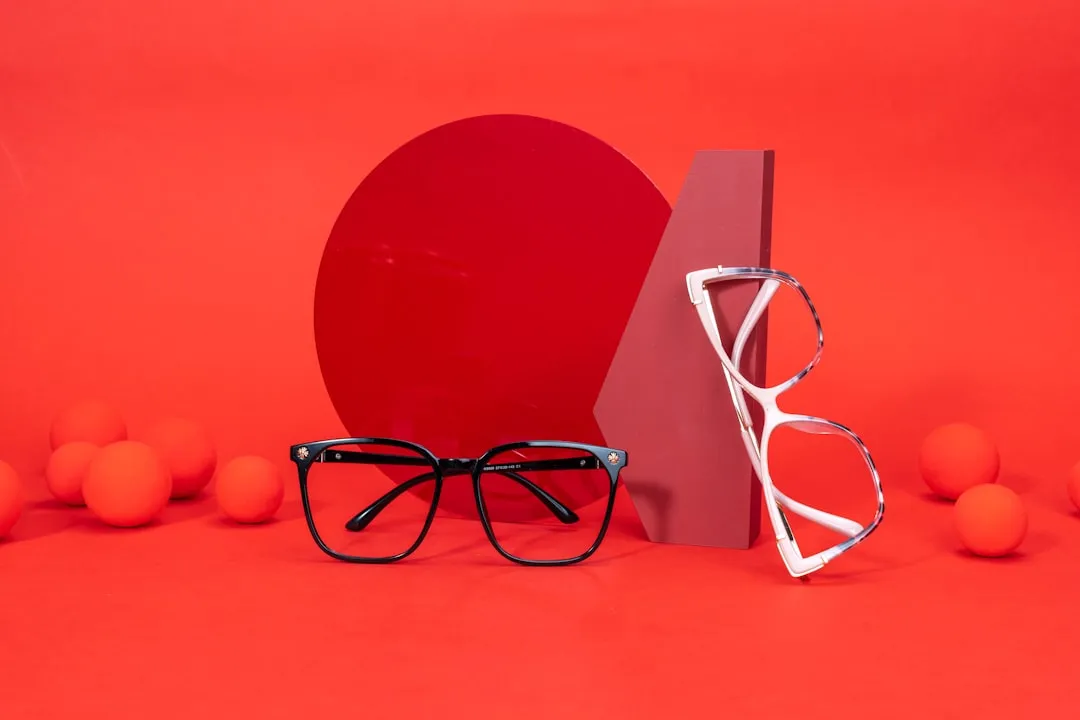If you ever imagined turning the surface of your desk into one large augmented computer, well the future might not be far off, my friends. Lampix, the company that transforms any surface into a smart surface, is currently working on a portable and quite fashionable lamp to project an augmented computer onto any surface that you can interact with using your hands.
Lampix won the 2017 SXSW Accelerator Pitch Event for the category of augmented and virtual reality. Since then, the company has been getting a ton of investment interest and is currently in talks with Bloomberg, Pepsi, L'Oréal, BMW, Chanel, and Phizer — just to name a few.
The company was started by George Popescu and Mihai Dumitrescu who eventually started Lampix after meeting each other as speakers at TEDxBucharest. Within the next year, Popescu reached out to Dumitrescu to talk about working together. By 2015, Popescu quit his other projects and started building Lampix with Dumitrescu exclusively.

Jennifer Welsh / Next Reality

Jennifer Welsh / Next Reality

Jennifer Welsh / Next Reality

Jennifer Welsh / Next Reality

Jennifer Welsh / Next Reality

Jennifer Welsh / Next Reality
Their goal? Popescu and Dumitrescu want to eliminate your need to ever have a laptop, screen, desktop PC, or any other sort of bulky computer. They imagine a future of one smartphone "on the go" and your very own Lampix light at home.
The platform uses a Raspberry Pi 3 and has two cameras (one of them for video), one high-resolution projector, and its own LED system for indirect lighting. They are also working on another version powered by an Intel Joule that runs Android.
Lampix's software is built with the Python programming language and runs on Linux, and it makes developing applications for it very easy with HTML5 tags. HTML5 tags make it responsive to objects, gestures, fingers, or anything else you may need Lampix to recognize.

A [https://www.youtube.com/watch?v=ydaAUMO6lSU tower defense game] in action.
Lampix uses cameras to detect objects, and unlike infrared or laser-based sensors, these cameras can detect flat objects as well as 3D ones. Popescu noted that in order for the Lampix to recognize something as simple as fingers, it had to feed the computer 3,000 samples just to get it started.
Lampix is extremely portable and there are no limits to its size, save the size of the actual Raspberry Pi 3 and projector inside of the lamp. It also doesn't require any sort of installation guide. All Lampix needs is to be plugged in and hooked up to Wi-Fi, and you're all set. Then just connect a Wi-Fi device like a smartphone or laptop, and you can stream images through the project, among other things.
The Lampix itself can be placed anywhere you might imagine a smart surface. It could also attach to the ceiling or a larger projector to make your smart surface all the more encompassing.

Jennifer Welsh / Next Reality
Recently, the company worked with Bloomberg to install a Lampix around the office. Bloomberg hired five grad students to use the AR smart surface to deal with data. Popescu and Dumitrescu trained the students on how to use the product, then the students were able to use it however they imagined.
In one exercise, the group of students sat around a table to vote on something using the Lampix to project a voting system. The students then had to choose "yes" or "no" to a question by pressing their finger on the augmented light.
Popescu also sees the potential for the Lampix to be installed in major retailer outlets: "Walmart reached out and asked, 'Can you put a Lampix on every shelf?'" Popescu started thinking about how the product could be used to highlight instructions or facts about a certain product on a store shelf, mixing "both the best of Amazon, with the best of in-store experience."
Popescu is also willing to have Lampix integrate with other IoT hardware like the Google Home to say "Hey, Google Home, make my Lampix play a game." Or, the Lampix would have input control, like say if you put your finger on the Lampix surface and it displays your home control system. You can switch the controls on and off, which would be a visual representation of the Google Home.
Lampix has its competitors. Sony's Xperia smart projector is also set to turn any surface into a smart touchscreen, but Popescu notes that Sony's projector reacts to fingers and not objects. There is also HP's Sprout desktop which uses a 3D scanner to recognize objects in front of a desktop projector. Microsoft Surface is another product available which allows users to track images on its interactive surface.
Lampix is what Popescu calls "complementary and alternative" to Microsoft's HoloLens and similar AR products. Lampix can provide the same augmented experience, but without the headset, by projecting the image on an immovable surface. The product won't cost much, either. Popescu notes that about a 1,000 Lampix units made in China would put the price of each Lampix at a cool $300, compared to the HoloLens which starts at $3,000.
Ultimately, Lampix wants to get in with major companies first before it begins marketing to consumers:
If we were Google, we'd make it a consumer platform like Android, but we're not Google yet, so we want to get in with companies to help build the product and platform.
Lampix has the potential to be used for a number of uses, including medical care, retail, hospitality, gaming, and manufacturing. Popescu hopes to eventually integrate the technology as a software program that could be installed on Windows, Dell, HP, or any other hardware.
- Follow Next Reality on Facebook, Twitter, and YouTube
- Follow WonderHowTo on Facebook, Twitter, Pinterest, and Google+
Cover image via Lampix

























Comments
Be the first, drop a comment!